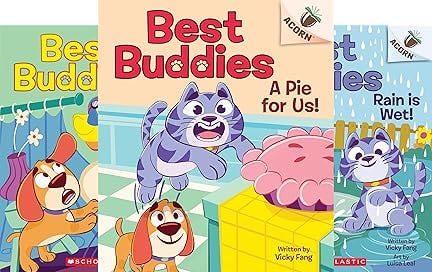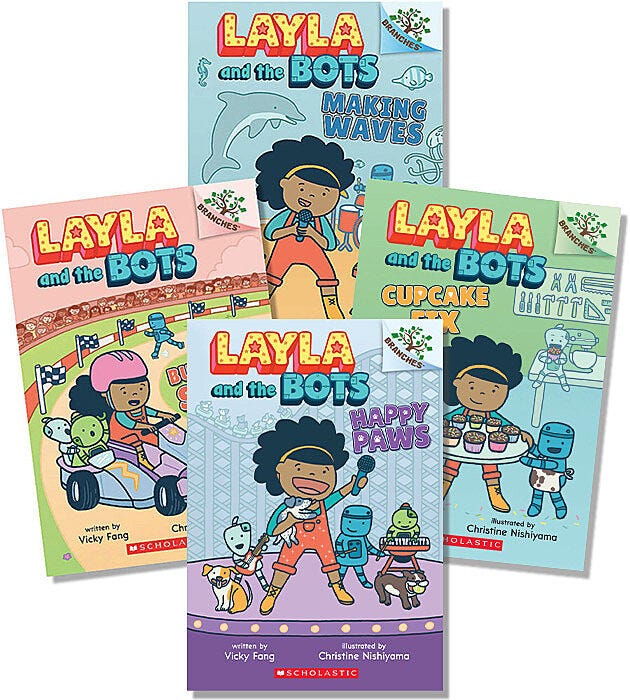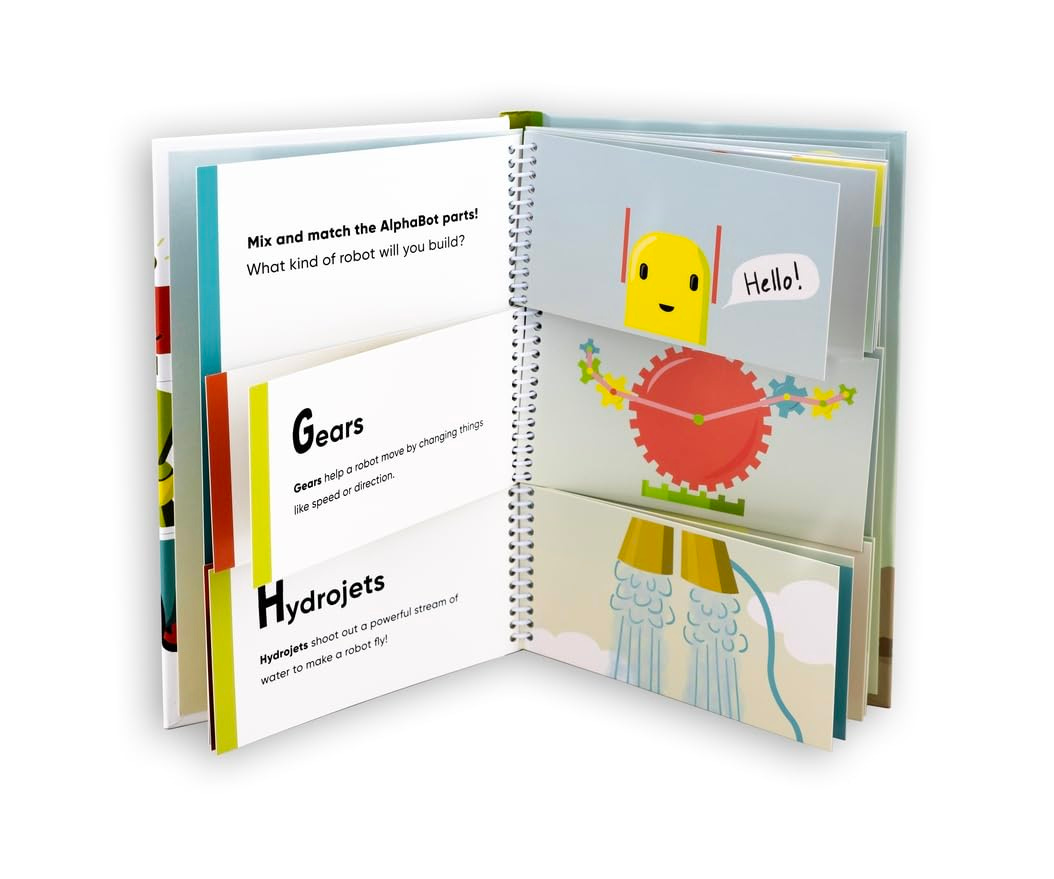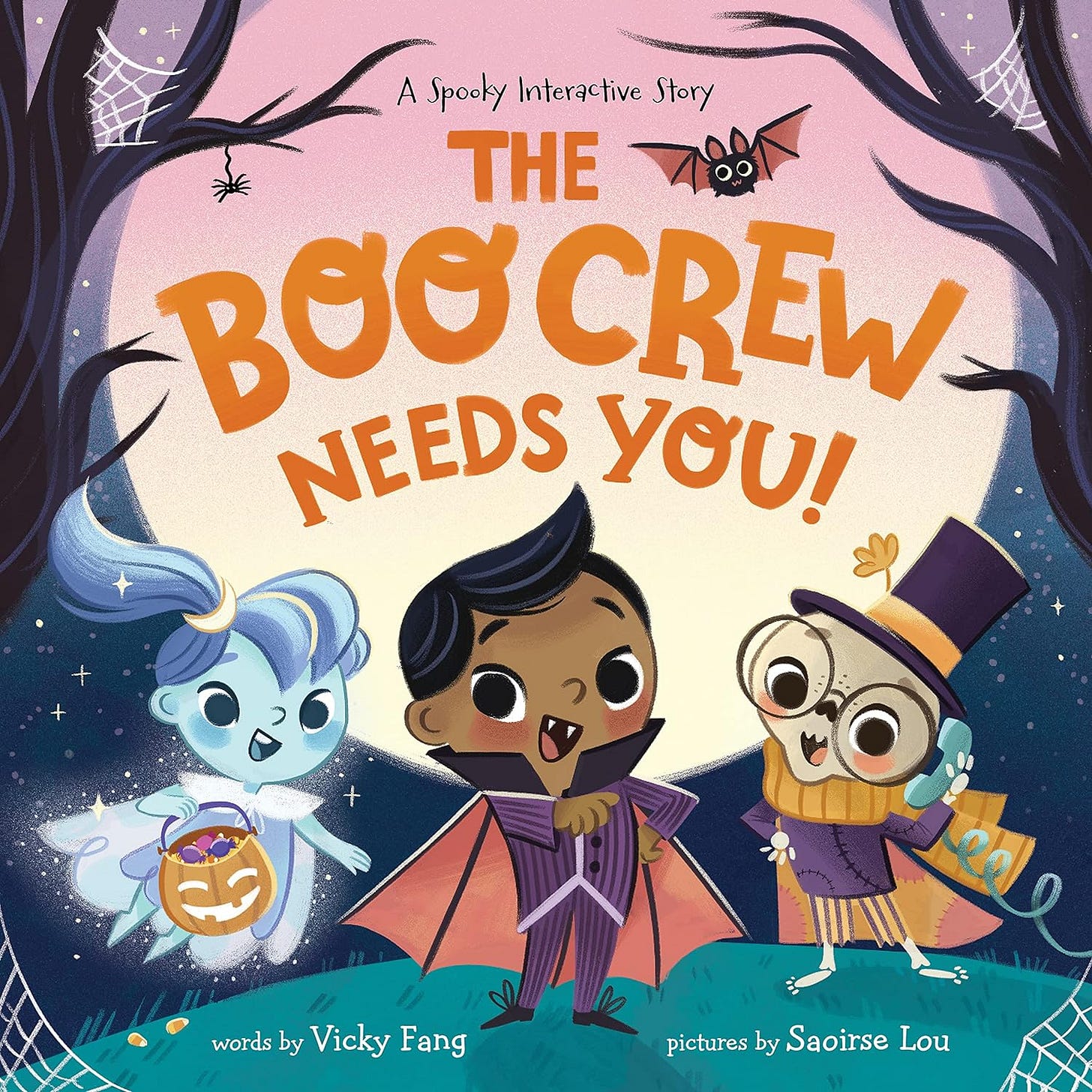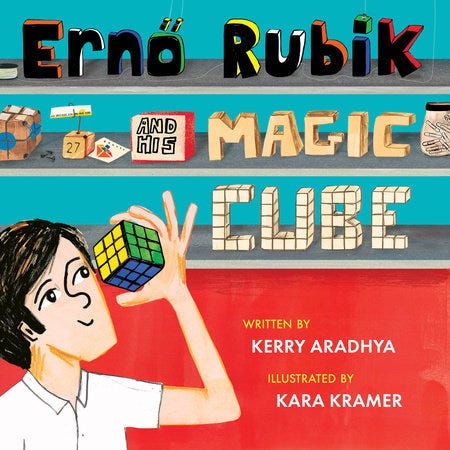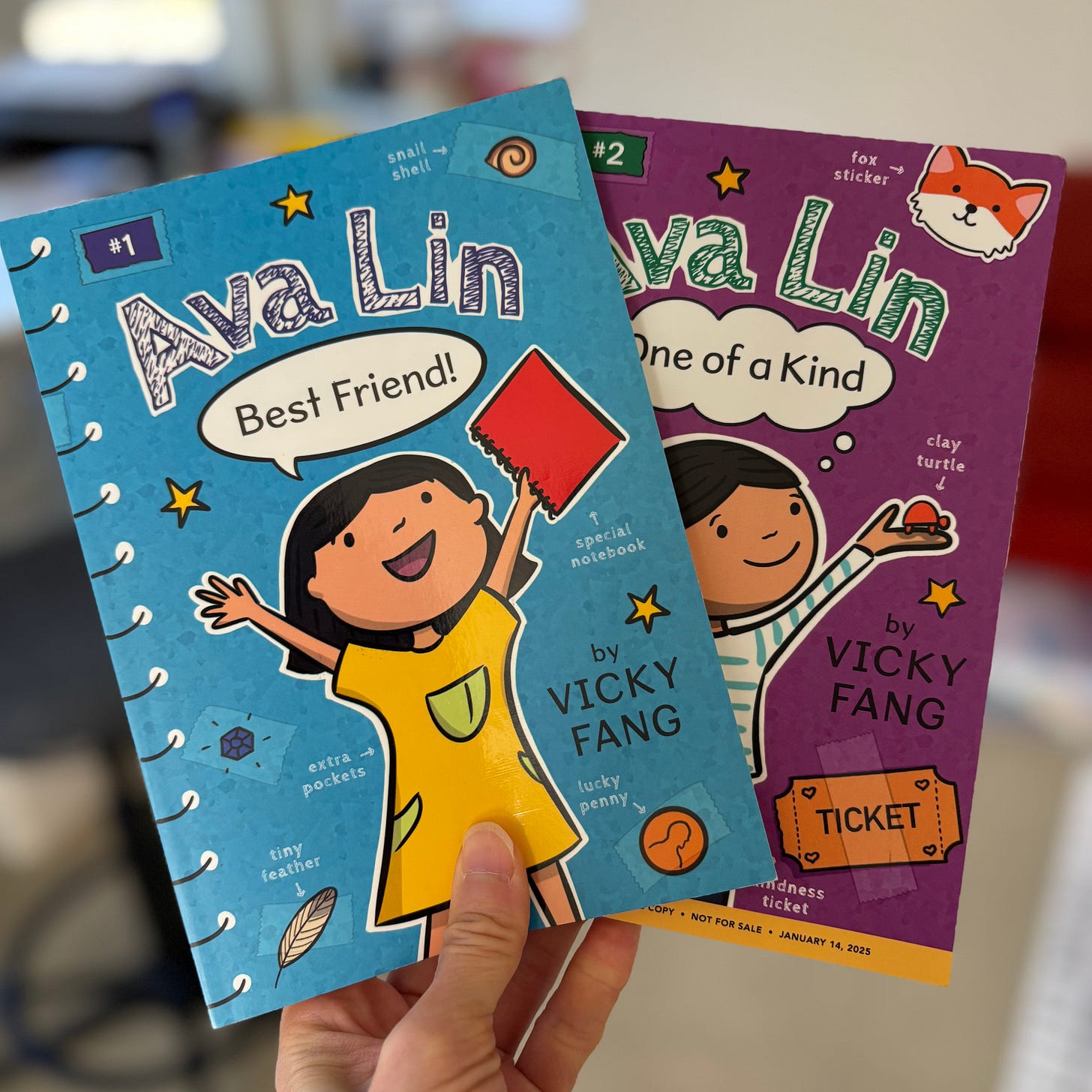Before we dive into today’s topic, we wanted to share the Kidlit for Los Angeles auction, where an amazing lineup of agents, editors, and authors are offering up items to raise money for wildfire relief efforts in the many LA communities that have been impacted. Vicky is offering a manuscript critique and 30-minute AMA and Christine is offering a critique for two picture books, so please follow the Kidlit for Los Angeles IG page for updates and to find items to bid for:
What is a hook?
Ok, let’s get into it! A hook is the thing that makes your book stand out. It could be a hot topic, a fresh take, an intriguing format—what makes your book unique and special? What is going to make an editor or reader want to pick it up? It doesn’t always have to be a brand new idea, but it must be a unique and compelling way to communicate that idea. Sometimes, you’ll find that your story naturally has compelling hooks. Other times, you may need to revisit your text to see how you can make it stand out from the rest. Here are some ideas when thinking about the “hook” for your manuscript, with examples of how my agent and I have pitched some of my books.
Appeal
When you’re thinking about how to pitch your story (or what story to write), you’ll want to think about why your story will resonate. What makes your story appealing to agents, editors, kids, and parents? Some aspects that may appeal:
Things kids like (here’s a helpful list to start with)
Curriculum tie-ins (for example, here are the California curriculum standards or try searching for homeschooling curriculums)
Relevant social-emotional topics
Developmentally appropriate topics (for example, here are developmental stages to consider)
Cultural/socially relevant topics
Empowering/inspirational topics
Humor
etc.
Standing out
Your story idea probably already taps into some of the above. But there are so many fantastic books that have been created over so many years, it’s hard to create a fresh and unique take. How do you make your manuscript stand out? Here are some things to think about when identifying and defining your hook:
Leverage your personal experience/expertise
Why are YOU the person to tell this story? People want to know that the person behind the story has a special connection to the contents of the book. For my first series, Layla and the Bots, about a girl inventor and her band of robots, my pitch was made stronger by my job as a robot designer for kids at Google. Being able to pull in my personal experience made my pitch more compelling—and marketing down the line as well.
Another example is Faith Kazmi’s picture book, BOX OF DREAMS, illustrated by Christine Almeda. This story highlights balikbayan boxes, a Filipino tradition that Faith has grown up with. Having that personal tie to your story makes the text richer and more authentic.
Combine hooks
I often find that it’s helpful for me to combine two different hooks. Combining hooks can be a great way to give an idea a new twist and make it more compelling! For example, here’s the pitch that went to editors for Best Buddies, highlighting funny pet videos and friendship stories:
Best Buddies: “Inspired by actual funny pet videos and reminiscent of Frog and Toad, this humorous early reader graphic series is about friendship and teamwork. Scratch and Sniff work together to take on the unexpected messes they make for themselves. Each title will feature three cute stores about these sweet and funny friends.”
The “x meets x” comp format can be helpful! It provides references and a twist that can resonate with an editor or agent. (This is only advisable if the comps works very well with your concept, as you don’t want the opposite effect of turning people OFF of your idea because of some association with the comps you’ve picked.)
Consider format
A compelling format can make your book stand out from the rest—but make sure it aligns with and enhances the content. My robotics book uses mix-and-match flaps to invite readers to make their own robots. Here’s the pitch that went out for it:
AlphaBot: “AlphaBot is a mix-and-match flap book that encourages STEAM learning and creativity for young kids. With basic definitions of robot technology that you can remix to create your own robot, this flip book is designed to inspire even the youngest roboticists.”
It’s worth noting that novelty elements will increase the manufacturing cost, which can make a book harder to acquire, so you’ll need a good reason for it. But intriguing formats don’t always require novelty elements. My Halloween picture book about a team working together to save Halloween invites the reader to interact as well, purely through images and text. Here’s the pitch that went out for that one:
The Boo Crew Needs You!: “On the night of the Monster Ball, the Boo Crew is summoned to help fix problems all over town—with the reader’s help! This interactive picture book in the style of PRESS HERE introduces an endearing crew of Halloween monsters and fun rhyming text. With actionable prompts on every page, kids will help the Boo Crew put out fires, repair pumpkins, and save the Monster Ball!”
(You’ll notice again the multiple hooks here of “PRESS HERE meets Halloween.”)
Be timely
What makes your idea particularly relevant NOW? Why are you able to tell this story in a way that’s different from the way it’s ever been told before?
Some examples of obvious timely hooks might include biographies of current celebrities or politicians, books based on current events, or books that tie into centennials or other milestones. For example, Kerry Aradhya’s picture book biography, ERNO RUBIK AND HIS MAGIC CUBE, released in 2024, in line with the puzzle’s 50th anniversary.
But a timely hook may even just be an updated take on a classic theme. Do you have a story that may not be represented yet? While I did draw inspiration from my own childhood, my Ava Lin series is inspired by and reflective of my kids’ experiences as they navigate school and friendships, making it relevant and relatable for kids today and featuring a Chinese American protagonist. Here’s the pitch that went out for this series:
Ava Lin: “For fans of DORY FANTASMAGORY, IVY & BEAN and PRINCESS IN BLACK this heavily illustrated early chapter book series (with graphic novel panels) features an optimistic and creative Chinese American MC with a knack for getting into -- and out of -- trouble.”
Know the Market
Sometimes, you have a fantastic idea only to find it’s already been done. Critique partners can be helpful here—with a wider base of knowledge, somebody is more likely to be able to tell you if they’ve seen your story before. I always search for my title, and usually for my topic, to see what’s out there already. But I’ve still gotten caught in situations where a story I didn’t know about is close to the one I’ve written! When that happens, it’s back to figuring out what will make your story stand out—and revisiting the manuscript to make it work.
Who Writes the Pitch?
Many of these pitches were crafted by my agent, with my input. If I have strong thoughts on the hooks or selling points to be highlighted, I will weigh in more heavily. I’ll often send a manuscript to her with a one-liner that I think highlights its hooks. Sometimes, I leave the entire pitch to her, as she has great instincts on what will resonate with editors. It varies from book to book!
Sometimes, it’s just luck.
Sometimes, I know that a pitch I’ve made is really strong, and other times I know it’s not as strong. Sometimes, for a book to be acquired, it just depends what an editor is looking for at that moment. There are so many factors into a book getting picked up, and you might have the best story but it’s too similar to something they have already on their list. Or your story might not have the strongest differentiating hook but it just happens to be what that editor is looking for. (This path is certainly harder to hit.) All you can do it put your best foot forward (or best “hook” forward) and hope it hits a little bit of luck along the way. There are a lot of market factors to consider and internal publishing preferences that you may have limited insight into. So, write what you love, try to make it stand out, and keep on writing.
That’s it!
I hope those ideas are helpful to thinking about the hook for your story. Please share if you have more ideas or any questions! And don’t forget to check out the Kidlit for Los Angeles auction.


